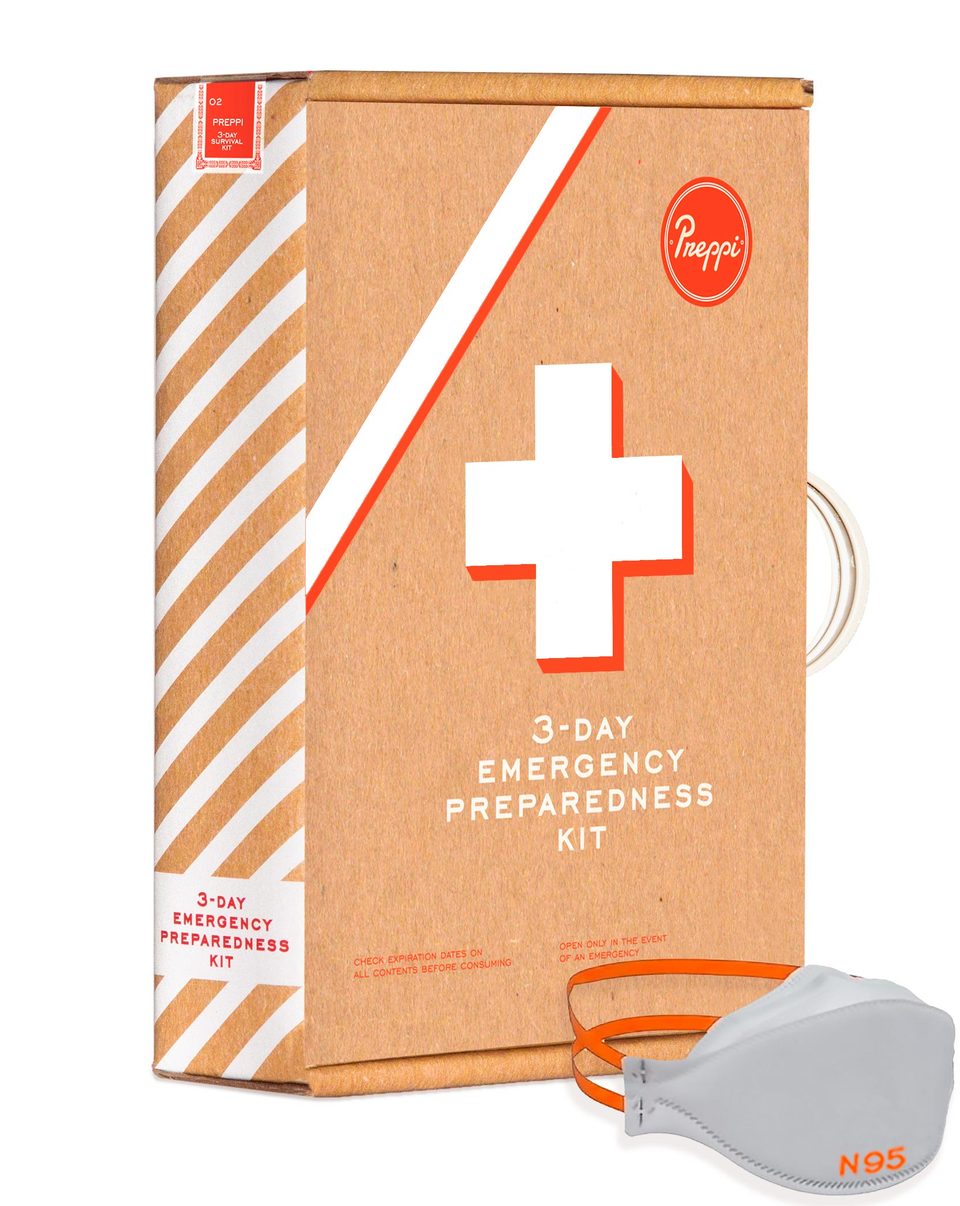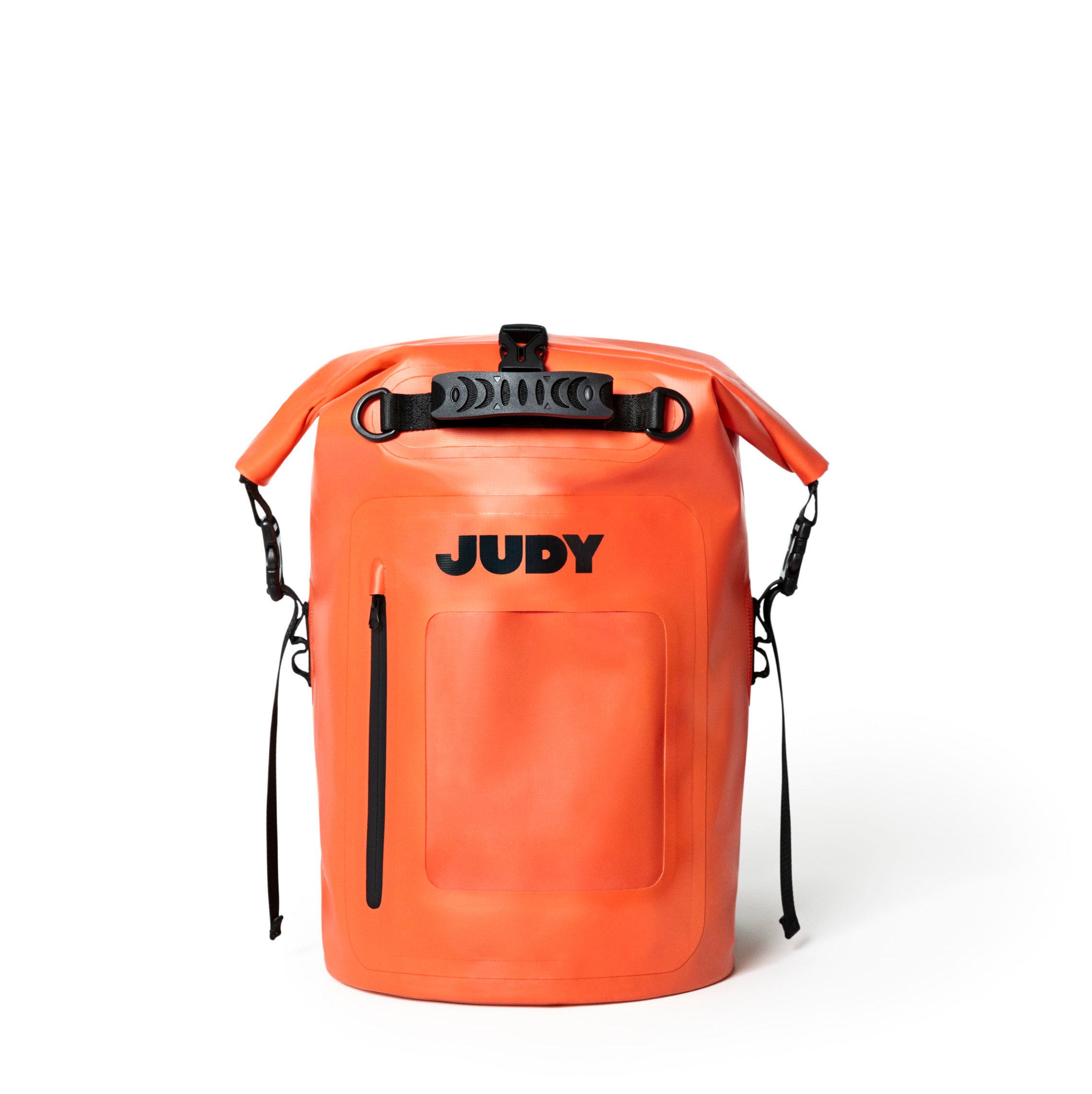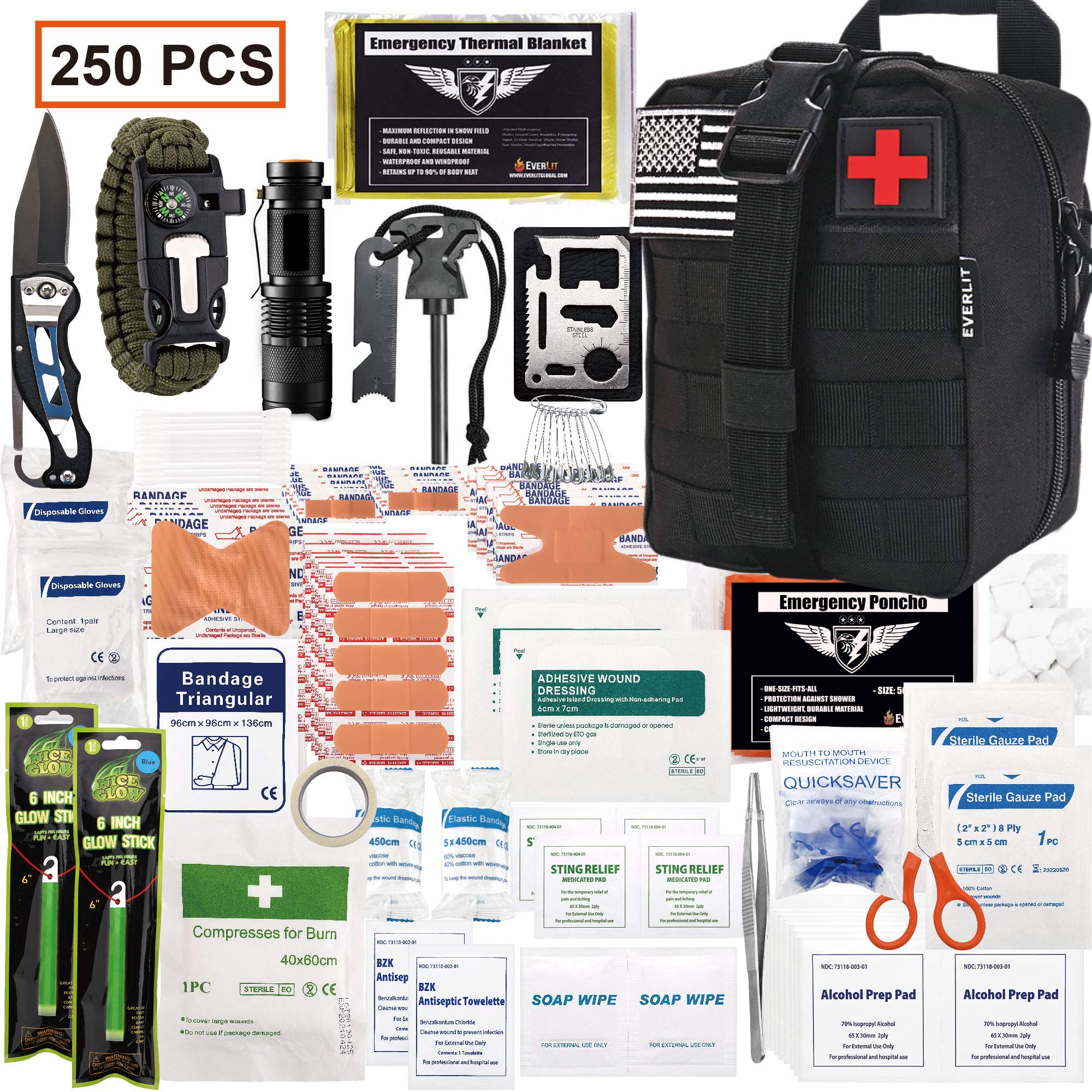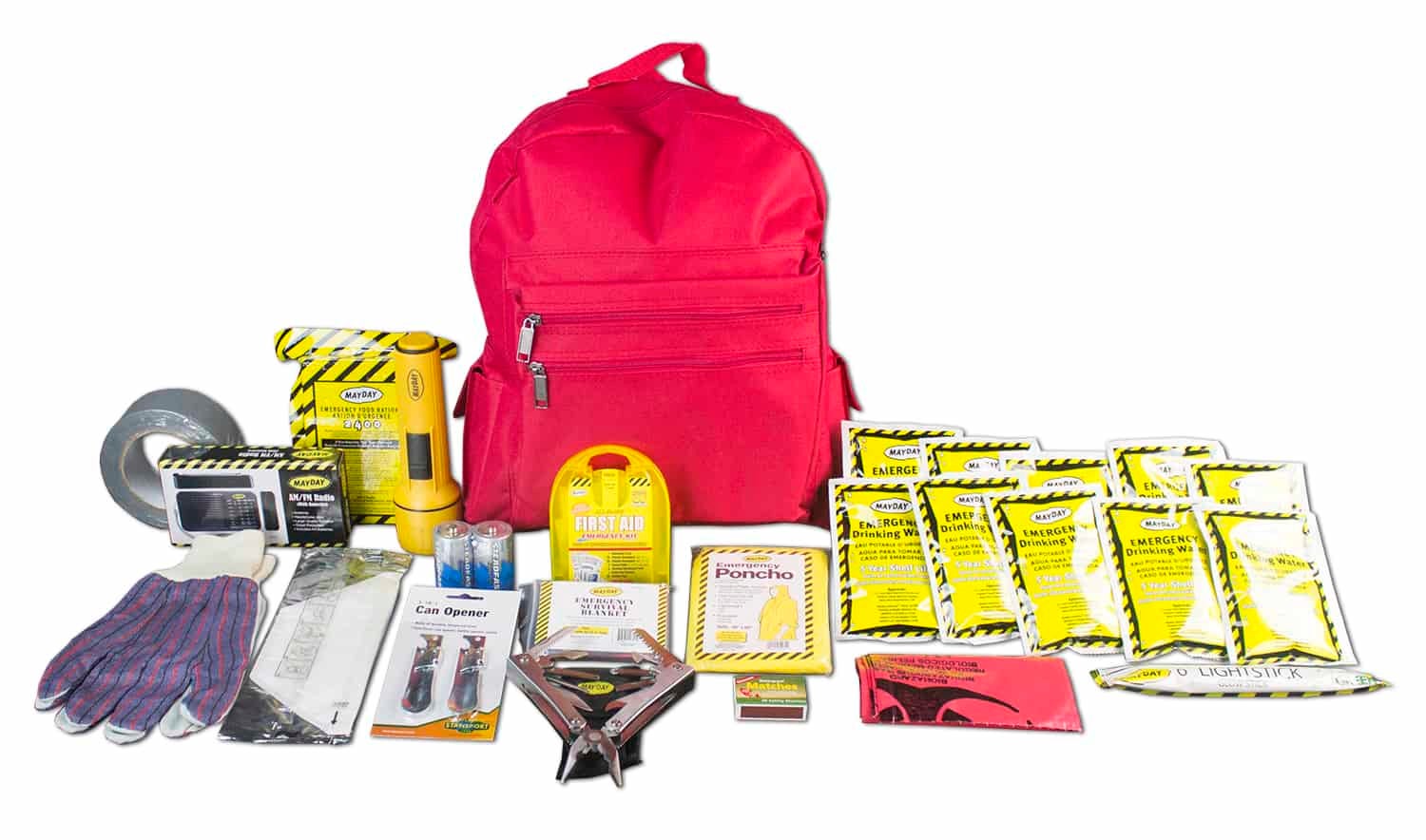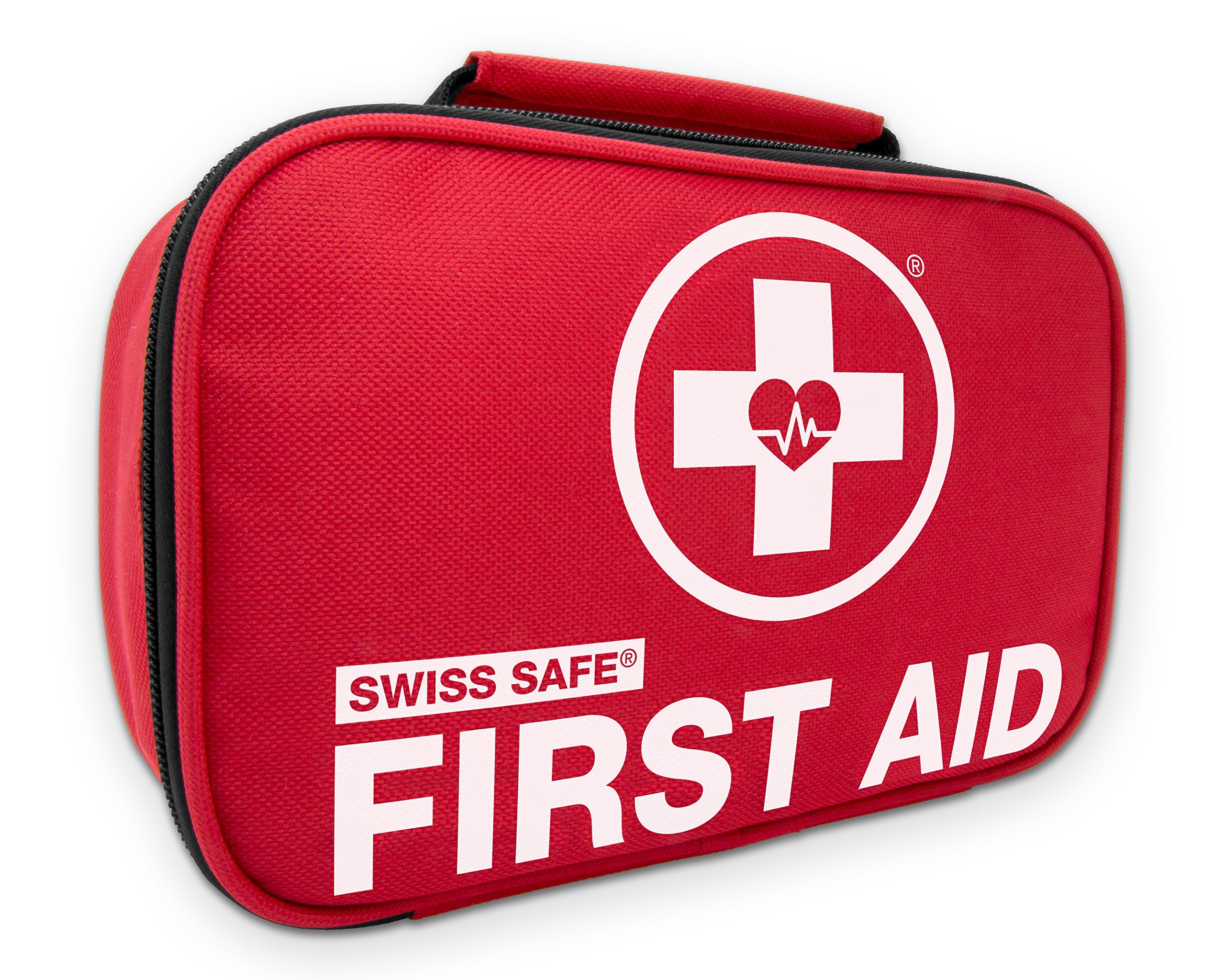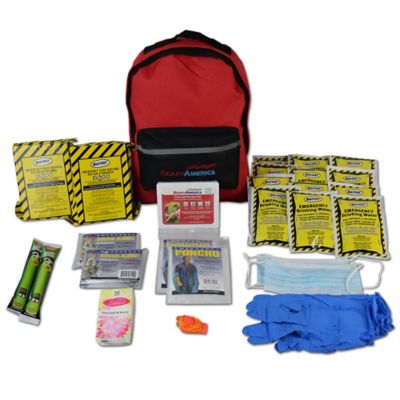These Emergency Kits Are Curated To Expect The Unexpected
We won't dance around it: the current state of everything from the environment to politics and public health is overwhelming. But, it's during unprecedented times like these when looking for even the smallest ways to be more vigilant in our own lives is most grounding. While the concept of a Coronavirus emergency kit may seem, alarmist, it actually has quite the opposite intention — and we spoke to two brands currently working to make these curated preventative-supply collections less panicky and more common practice in equipping us for the unexpected.
AdvertisementADVERTISEMENT
What does an emergency kit do?
"We embrace the idea of being proactively prepared for the big and small emergencies in your life. Whether it's a minor household issue or a large-scale event," Simon Huck, JUDY co-founder, shared. "We found out that more than 60% of Americans have no disaster plan or adequate supplies in the event of an emergency situation and the idea for JUDY was born. We wanted to create an accessible way for families to have the knowledge and tools to be prepared for the unexpected."
"Being equipped with adequate food, water, and first-aid is absolutely essential and is the foundation on which all of Preppi’s emergency kits and bags are built. Preppi then adds everything from basic necessities such as rain ponchos to advanced technology such as satellite messengers— producing a range of comprehensive kits suitable for anyone from a school teacher to a CEO," Preppi's Lauren Tafuri explained.
What items go into an emergency kit?
"Here's a quick snapshot of what every kit should contain, but be sure to consider your personal situation and adjust accordingly: A minimum 3-day supply of food + water. Tools + problem-solving items such as a flashlight, batteries, sturdy gloves, a handheld crank radio, duct tape, matches, and a whistle. Medical needs such as a First Aid kit and a back-up supply of necessary prescriptions (write down prescriptions and dosages). Include any specific medical items based on your household and situation. Additional elements such as small denominations of cash (think one-dollar and five-dollar bills), a printed copy of emergency contacts and phone numbers, and copies of important documents," Huck suggests.
AdvertisementADVERTISEMENT
In Preppi's kits, Tafuri outlines the following items: "Food, water, and first-aid are the most obvious essentials. One thing that many people don’t have is flashlights these days since we all now depend on our phone’s flashlights. We include many lighting backups in all our kits. I say backups because we use led flashlights, but if the batteries run out we include extra batteries, if those run out we include, candles, and if the candles run out we even include a solar / hand crank usb phone charger so you can keep the flashlight on your phone going for days or weeks!"
What emergency items should we carry with us?
Huck suggests keeping, "sanitizer, whistles, band-aids and the emergency charger on hand as a precautionary measure."
While Tafuri states, "There shouldn’t be too much difference between daily preparedness and general preparedness. Most people drive to work, so keep your emergency kit in your car. If you take the bus or bike– you should always have a bottle of water and a little first-aid kit with you."
What is one way to prepare for emergencies at home?
"Sign up for your city's emergency alert text system to stay informed of high-risk situations in your area," Huck suggests.
Tafuri recommends starting with water: "We recommend storing small stashes of water in EVERY room or space you spend time, so obvious places like the living room, office, and car but also think under bed, under bathroom sink, in the kids room, etc). The water we include in our kits is a special system of 10 packets, the function of that is if one accidentally gets punctured you still have 9 packets as backup."
AdvertisementADVERTISEMENT
If you want to build your own standby kit, visit Ready.gov, the official website of the Department of Homeland Security for a checklist, or click below to shop Judy, Preppi, and other prepacked emergency preparedness kits.
shop 4 products
At Refinery29, we’re here to help you navigate this overwhelming world of stuff. All of our market picks are independently selected and curated by the editorial team. If you buy something we link to on our site, Refinery29 may earn commission.
AdvertisementADVERTISEMENT







